“We’re not talking about wild animals — we’re talking about tough, angry kids.”
|
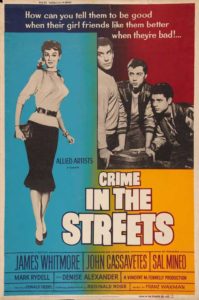
Synopsis:
After a gangland rumble between the Hornets and the the Dukes, a neighbor (Malcolm Atterbury) reports a member of the Hornets (Jimmy Ogg) to the police, and he’s sent to jail. The Hornets’ leader, Frankie (John Cassavetes), plots to get back at Atterbury with fatal finality, and enlists the help of two willing gang members — “Baby” (Sal Mineo), whose father (Will Kuluva) and sister (Denise Alexander) are concerned about him, and grinning psychopath Lou (Mark Rydell) — in carrying out a pre-meditated murder. Meanwhile, a caring social worker (James Whitmore) tries to reach out to Frankie, his younger brother (Peter Votrian), and Frankie’s overworked single mother (Virginia Gregg) to prevent the tragedy from occurring.
|
|
Genres, Themes, Actors, and Directors:
- Don Siegel Films
- Gangs
- James Whitmore Films
- John Cassavetes Films
- Juvenile Delinquents
- Revenge
- Sal Mineo Films
Review:
Shortly after directing Invasion of the Body Snatchers (1956), Don Siegel helmed this “social drama” — based on an Elgin Hour television play directed by Sidney Lumet — which is notable for featuring Cassavetes as the tough-as-nails lead; for the sympathetic presence of Sal Mineo a year after his breakthrough role in Rebel Without a Cause (1955); and for fine supporting performances all around (much of the cast starred in the original television production). Taking place within a confined set, the film effectively conveys the claustrophobic sensation of Cassavates as a literal ticking time bomb; while his only hope seems to be the sincere ministrations of Whitmore, another character ultimately emerges as a surprising lever for his hardened heart. It’s interesting early on to watch which of Cassavetes’ fellow gang members will join his plans, or not (enough bow out to clearly indicate that peer pressure alone isn’t enough to convince delinquents to turn to murder). An especially intriguing unexplored character is Rydell, playing a sociopathic teen seemingly in it for the kicks; along with impressionable Mineo (“Papa, let me grow up!”) and vengeful Cassavetes, these three kids represent a trio of diverse delinquency challenges to be reckoned with.
Redeeming Qualities and Moments:
- John Cassavetes as Frankie
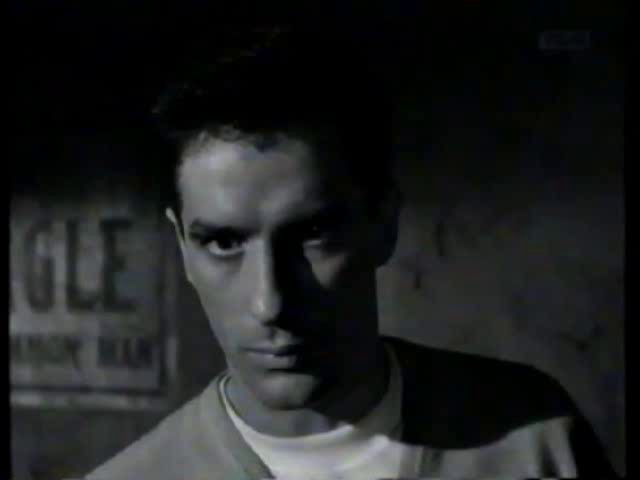
- Fine supporting performances

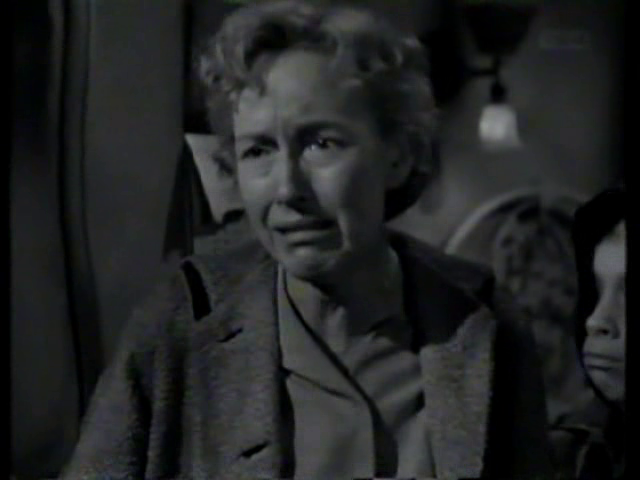
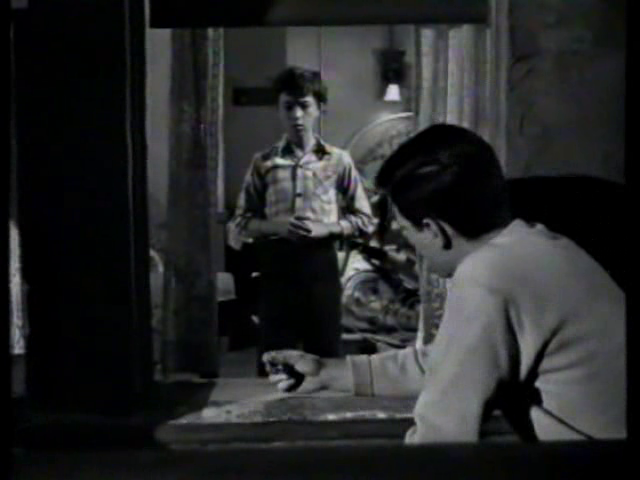

- Stark cinematography
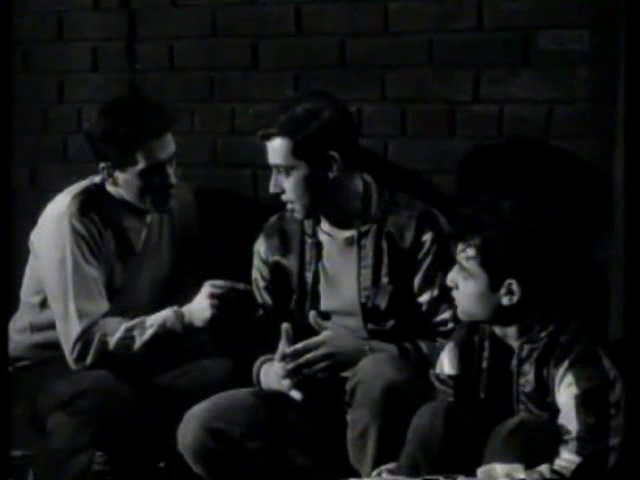
Must See?
No, but it’s recommended.
Links:
|
One thought on “Crime in the Streets (1956)”
First viewing. Not must-see – but there could be possible interest on the part of those who study the criminal element in cinema history.
I started watching this and was thinking, ‘What is this? – ‘West Side Story’?’ There’s an almost immediate resemblance -with a number of major or minor elements surfacing: the rumble, the soda shoppe, the social worker, a girl named Maria… even Franz Waxman’s opening credits theme sounds not unlike what Leonard Bernstein would create for the musical that would (with, of course, a broader storyline) open on Broadway the following year. It could be more influential than coincidental.
Of course, this kind of film was suddenly a hot Hollywood product in the mid-’50s, so it’s not surprising that one book / film / play exploring the territory would lead to another.
‘CITS’ is arguably the talkiest of these stories (there’s basically no real crime in this movie, just possible crime and a lot of talk) – but that’s not necessarily a bad thing. Reginald Rose’s script is more interested in crime from a psychological standpoint – so he gets largely at the root causes of things, the way that films of the ’40s did when they started exploring psychology in general.
This is a watchable film – even if (esp. nowadays) there’s nothing much in it that’s particularly remarkable about it. It has certain concerns and it addresses them in a responsible manner in order to be instructive.